On November 1st, 2023, an article was published in Brazil on the blog “ruadamargem” about D. Emy’s life and work. The title was “The Hippies’ Grandmother” See parts of the text below, translated from the Portuguese version.
THE HIPPIES’ GRANDMOTHER
EMMA DE MASCHEVILLE WAS RAISED IN A NATURALISTIC AND SPIRITUALIST COLONY AT THE BEGINNING OF THE 20TH CENTURY
IN EUROPE AND, IN THE 1970s, SHE TRAINED A GENERATION OF ASTROLOGERS IN BRAZIL
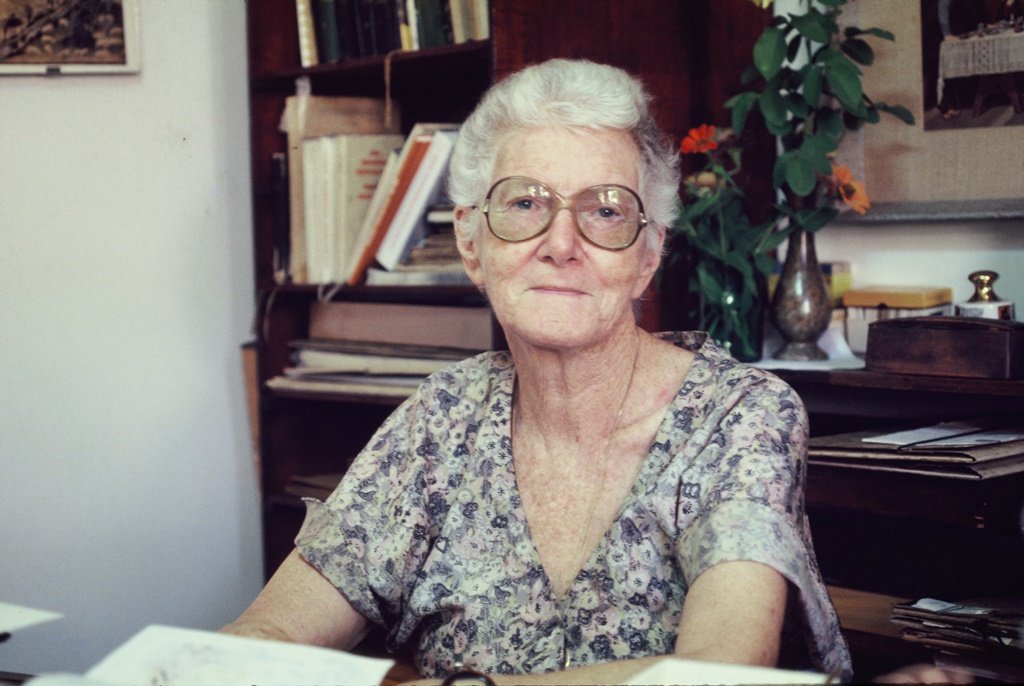
Back in the mid-1970s, a bunch of long-haired young men knocked on the door of the house at Tiradentes Street, 260, in the Floresta neighborhood, in Porto Alegre (Brazil). Almost everyone wore cotton tunics and leather sandals, in keeping with the hippie fashion of the time. They were looking for a lady who, at that address, made astral charts and taught astrology – at that point, the topic was already part of the people’s daily conversations. —
Finally, — said Emma de Mascheville, Dona Emy, when opening the door of the townhouse, in the block between the Ramiro Barcellos and Dr. Vale Streets (like most of the houses in Tiradentes Street, the building was demolished in the following decades). Then, dragging her German accent, the astrologer added: — I’ve been waiting for you for over 30 years. The enigmatic phrase made sense, as we will see later. First, let’s find out a little more about this fascinating character, who became one of the most respected voices in astrology in Brazil.
In addition to calculating more than 10,000 astrological maps, over the 78 years of her existence, D. Emy developed a personal and non-transferable doctrine on the relationship between the cosmos and human life. She did this based not only on theoretical studies, but also on observation of nature and from one’s own experience, full of unexpected and challenging events. In this doctrine, without fixed and irrevocable models of interpretation, astrology is, above all, a tool for self-knowledge: — To those who ask us if we believe in astrology, we must answer: “No, we just observe it!” — she said.
A significant part of Emma de Mascheville’s life and thoughts is gathered in the book “O que o céu e os homens me ensinaram” – Astrology for the Age of Aquarius, an independent edition organized by Amanda Costa, coordinated by Antonio Carlos Bola Harres (both disciples of D. Emy).
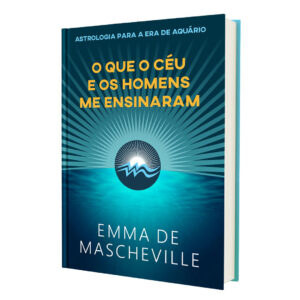
Daughter of a Protestant pastor and an artist, Emma was born in a village (currently the municipality of Haimhausen) near Munich, Bavaria, in 1903. From the age of four to 11, she lived in a paradisiacal setting, on the edge of Lake Maggiore, at the foot of the hill known as Monte Verità, on the border of Switzerland and Italy. There, a spiritualist and naturist colony had been set up, of which his aunt Ida Hoffmann was one of the founders.
Famous personalities from that innovative and troubled beginning of the 20th century were in Monte Verità, such as the German writer Hermann Hesse and the American dancer Isadora Duncan, as well as the Swiss psychiatrist Carl Jung and the Austrian philosopher Rudolf Steiner (founder of Anthroposophy).
“I grew up in this environment, where the great reformers of that time passed through” — said Dona Emy.
Tap or click on the photos below to see what life was like in the Monte Verità community (all images published in this report belong to Emma’s family collection).
To see more photos, click here
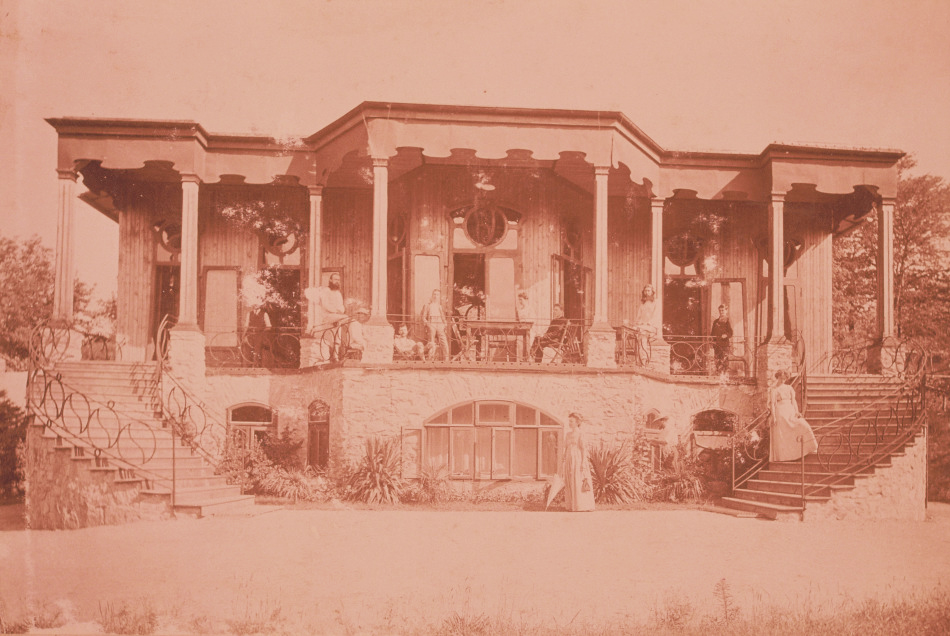
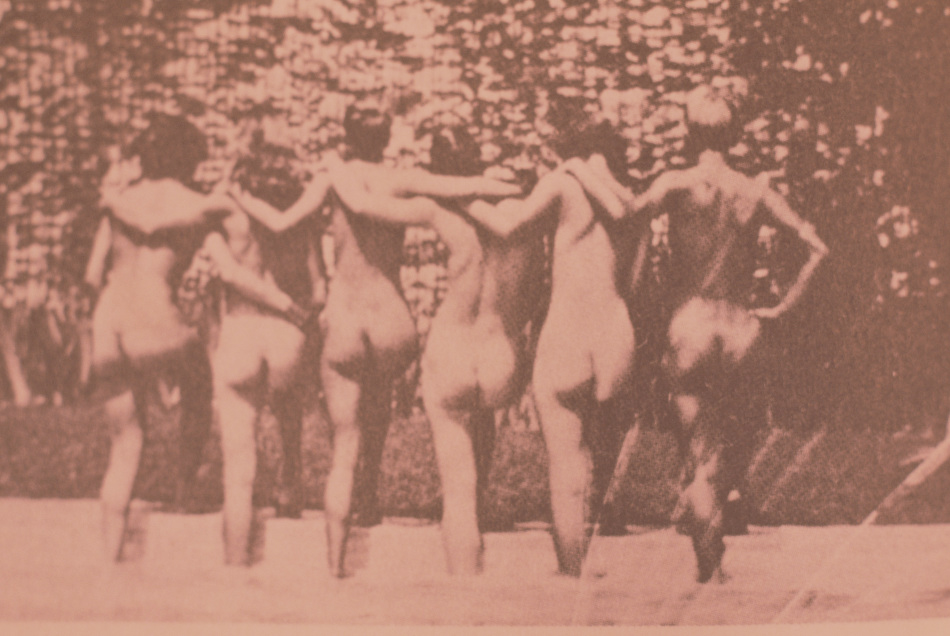
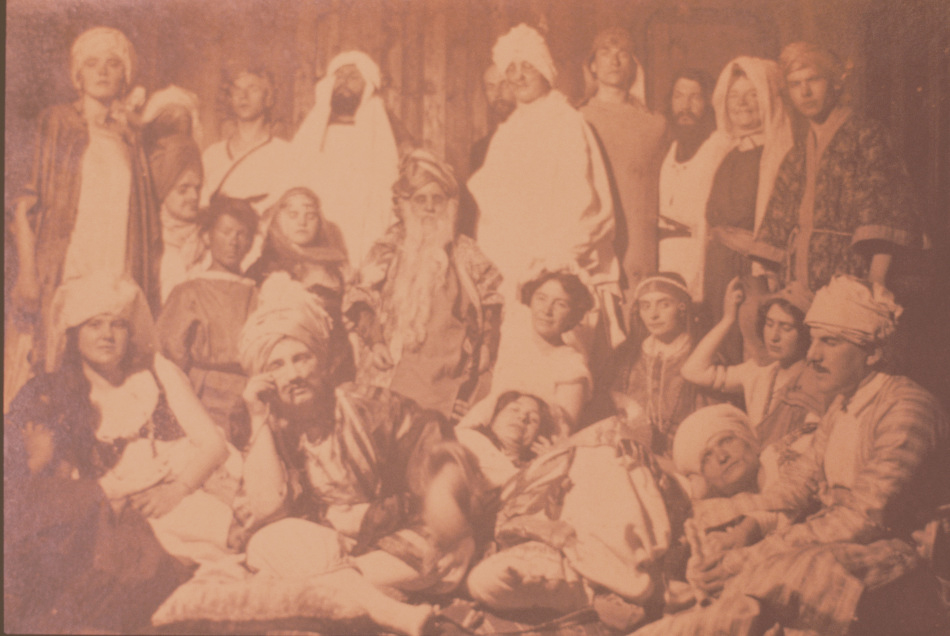

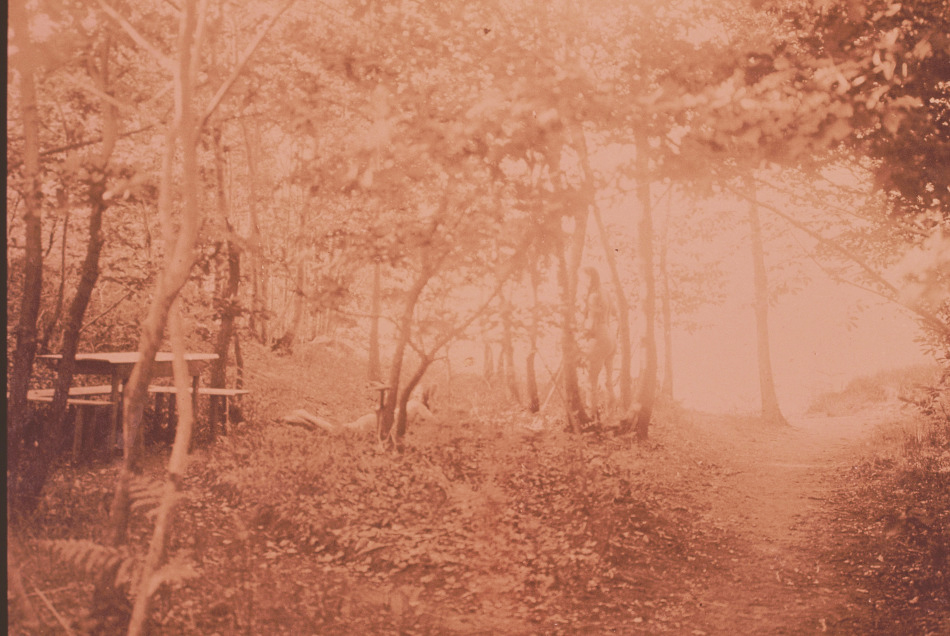

Upon receiving the young people from Porto Alegre on Tiradentes Street, Emma led them to the garage of the house, where she used to give classes on astrology. On a blackboard (actually, with a green background) hanging on the wall, it simulated the transit of the stars for the students, who sat on the floor or sat next to a long table on “barbecue benches”, as Amanda Costa remembers:
” Since the first time I entered that house, what enchanted me was the scent of the roses planted in the hallway that led to the back of the courtyard, where Dona Emy’s office was located” — she highlights.
One day, Emma interrupted class to show a relic to the students: an album with photographs of the Monte Verità colony, which had been stored at the bottom of a drawer for decades.
The yellowish images brought to light the life of the inhabitants of the spiritualist colony in close contact with nature, which included sunbathing and practicing dance and yoga, in addition to planting vineyards.
When they weren’t completely naked because of the cult of naturism, the residents of Monte Verità wore light and colorful clothes, such as linen tunics, which resembled – a lot! – the fashion used by hippies.
Furthermore, they lived in wooden huts and were followers of vegetarianism and natural medicine.
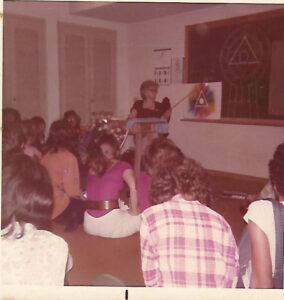
Emma teaching astrology to young people in the 1970s
In short, they worshiped a lifestyle that, in truth, was quite close to what young people in the 1960s and 1970s proposed.
” And you think you are innovating something?” — asked Dona Emy, with a mischievous smile.
The astrologer’s identification with the girls and boys who had sought her out is clear. But why had she been waiting for their arrival for so long?
To decipher the enigma, you need to know a little more about Emma’s life. In 1925, amidst the chaos created in Europe after the 1st World War and in search of new life opportunities, her family landed in Paranaguá (Brazil) – her father had been invited to be a representative of a German bank, which had the German immigrant clients in Brazil. In Paraná, at the house of her aunt Ida, who had previously moved to South America, Emma met the astrologer, violinist and writer Albert Raymond Costet de Mascheville, also known as Cedaior, whom she married. It was Cedaior who introduced her to the arts of astrology.
Then, Emma and Cedaior moved to Cristalina, in Goiás (Brazil), where they participated in an unsuccessful attempt to recreate the Monte Verità colony in the Brazilian Center-West. The couple – who had five children (she would have two others, from her second marriage, with Egyptologist and astrologer Walter Pery Klippel) – would also live in Palmital, close to Joinville (Brazil), and in São Paulo until they settled, definitively, in Porto Alegre, in 1939.
Before he died in 1943, Cedaior predicted that, in the future, a “new humanity” would emerge from California, in the United States, as a spearhead of the Age of Aquarius, which was already showing signs of its appearance on the horizon. According to the prophecy, these people would practice vegetarianism and pacifism, dressing in colorful clothes and communicating through music, which was confirmed by the hippie phenomenon in the 1960s and 1970s.
This is the explanation for the welcome phrase uttered by Dona Emy in front of the kids who came to her, in the mid-1970s, in the capital of Rio Grande do Sul.

Young Emma
LIGHT AND SHADOW
Emma’s work as an astrologer gained national notoriety in 1975, when she published the article Astrology: A Revolutionary Theory, in Planeta magazine, at the time, a kind of bible for those interested in esoteric themes. From then on, she began to be frequently invited to participate in lectures, courses, conferences and seminars in São Paulo and Rio de Janeiro.
In 1980, D. Emy published Luz e Sombra – Elementos Básicos de Astrologia, by Jupiter School of Astrology, in São Paulo, the only book she published during her lifetime. She died of cancer on December 27, 1981.
What “O que o céu os homens me ensinaram” – Astrology for the Age of Aquarius, released now, complements Emma’s teachings, which stand out for their refusal to a Manichean and simplifying the approach to the life and movement of the stars.
Not surprisingly, apparent dualities, such as faith and science or destiny and free will, are themes covered in the book: “I understood that there is no good and evil, but the bipolarity of life. Nature only creates action and rest, day and night. It is the constant transformation of falling and rising, which appears to us as separation, but, deep down, is the eternal existence of unity,” she wrote.
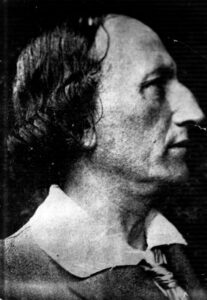
Cedaior: astrologer, violinist and writer
